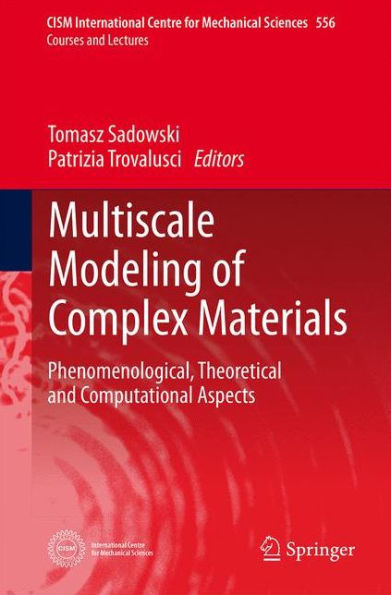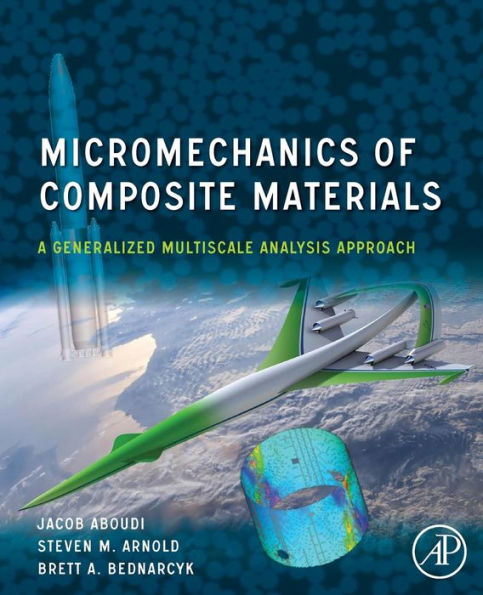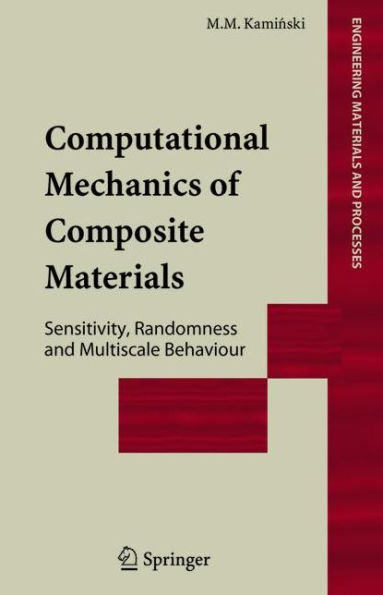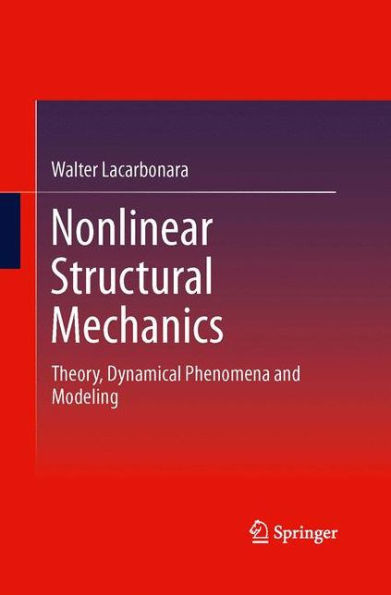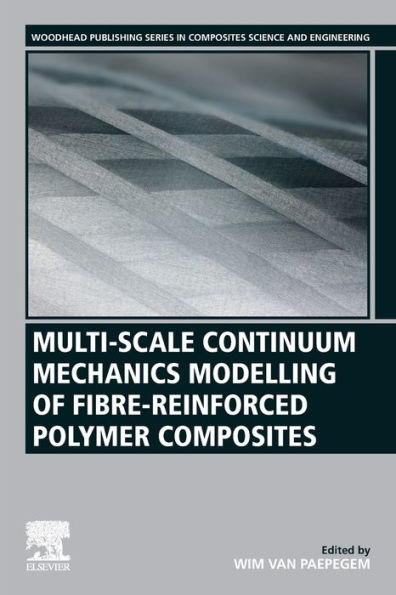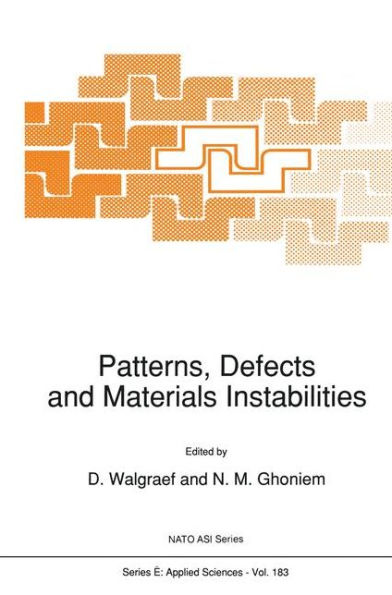Home
Phenomenological Creep Models of Composites and Nanomaterials: Deterministic and Probabilistic Approach
Loading Inventory...
Barnes and Noble
Phenomenological Creep Models of Composites and Nanomaterials: Deterministic and Probabilistic Approach
Current price: $61.99


Barnes and Noble
Phenomenological Creep Models of Composites and Nanomaterials: Deterministic and Probabilistic Approach
Current price: $61.99
Loading Inventory...
Size: OS
*Product Information may vary - to confirm product availability, pricing, and additional information please contact Barnes and Noble
Certain criteria have been used in selecting the creep functions in order to describe a wide range of different behavior of materials. The experimental testing and evaluation of time variant creep in composite and nanomaterials is quite complex, expensive and, at times, time consuming. Therefore, the analytical analysis of creep properties and behavior of structural elements made of composite and nanocomposite materials subjected to severe thermal loadings conditions is of great practical importance.
Composite elements and heterogeneous materials, from which they are made, make essential changes to the classical scheme for constructing the phenomenological creep model of composite elements, because it reflects the specificity of the composite material and manifests itself in the choice of two basic functions of the creep constitutive equation, namely memory and instantaneous modulus of elasticity functions. As such, the concepts and analytical techniques presented here are important. But the principal objective of this book is to demonstrate how nonlinear viscoelastic engineering creep theory can be incorporated into the general theory of mechanics of materials so that composite components can be designed and analyzed. The results are supported by step-by-step practical structural design examples and will be useful for structural engineers, code developers as well as material science researchers and university faculty. The phenomenological creep models presented in this book provide a usable engineering approximation for many applications in composite engineering.
